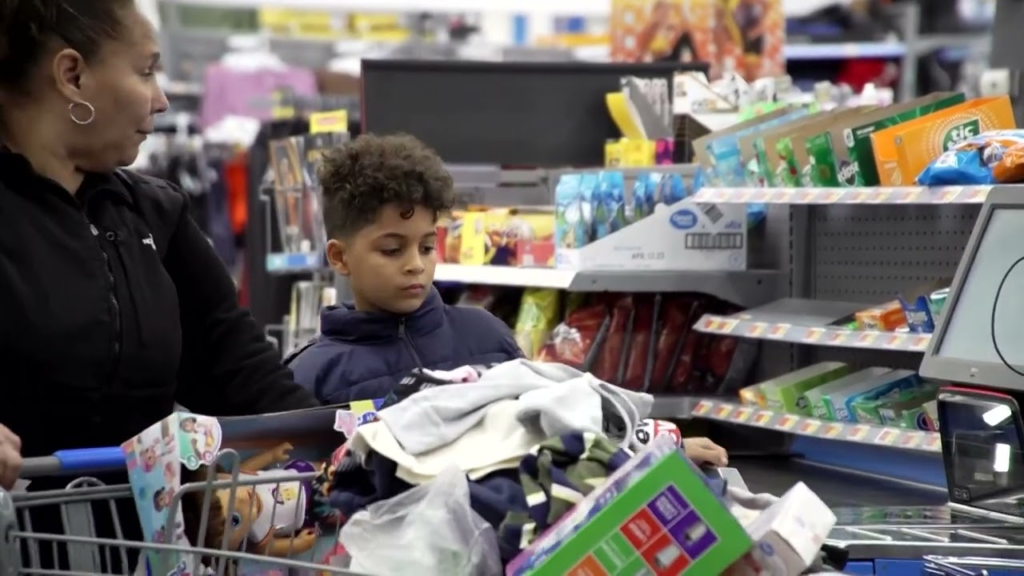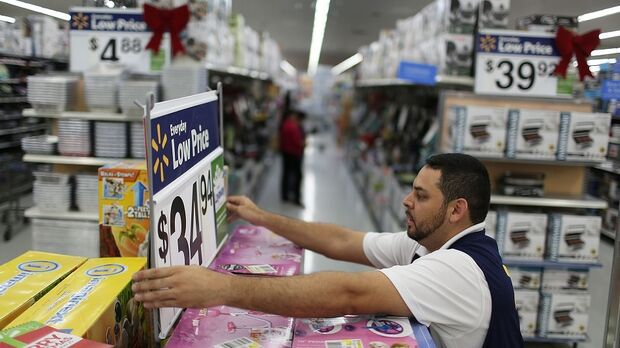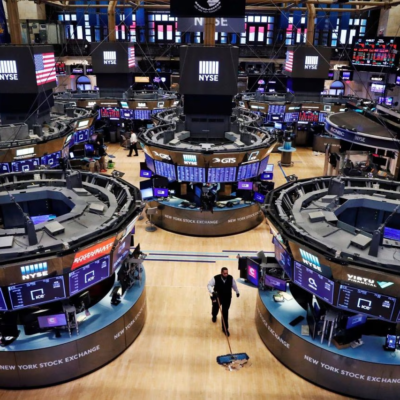Retail sales in the United States declined by 0.9% in May 2025, according to new data released by the U.S. Census Bureau. This marks the largest monthly drop since early 2024, signaling growing caution among American consumers amid economic uncertainty.
The decline impacted several core sectors, including restaurants, bars, auto dealerships, and home improvement stores. Economists say this could reflect early signs of a cooling consumer economy, even as inflation continues to ease.
Restaurants, Bars Take a Hit as Consumers Tighten Spending
The most significant drop came from the food service sector, which includes restaurants and bars. Spending in this category fell by 2.1%—the largest drop in over a year.

Industry experts suggest that fewer people are dining out or spending on nightlife, potentially due to tighter personal budgets or fears of a future slowdown.
“Consumers are pulling back on non-essentials like dining and drinks,” said Dana Epstein, Senior Consumer Analyst at Beacon Analytics. “These are the first areas to see a dip when budgets tighten.”
Auto Sales Slip by 1.7% as Buyers Delay Purchases
The auto industry was another major contributor to the overall decline. Car and truck dealerships reported a 1.7% fall in sales, surprising many analysts who had anticipated a rebound in vehicle demand following recent interest rate cuts.
Rising auto insurance rates and persistent vehicle costs may be deterring buyers, even as lending rates become slightly more favorable.
“There’s no doubt that affordability is still a barrier for many potential car buyers,” said Mark Jennings, a senior auto market strategist. “People are holding onto their vehicles longer instead of upgrading.”
Home Improvement Spending Drops Amid Real Estate Stagnation
Home and garden centers, along with hardware and improvement stores, also recorded a 1.1% decline in sales during May. The drop aligns with the ongoing slowdown in the U.S. housing market, where both new home purchases and renovations have dipped.
Higher mortgage rates, stagnant wages, and reduced household savings could all be contributing to reduced spending in this traditionally stable sector.
Read more about U.S. housing market trends
Overall Retail Spending Weakens—Online Sales Stay Flat
While physical retail saw clear declines, online retail remained mostly flat, showing just a 0.1% rise in May. The lack of a significant bump in e-commerce indicates that even digital platforms aren’t immune to a cautious consumer mindset.

Clothing and electronics retailers saw minimal change, with apparel up 0.2% and electronics down 0.3%. Meanwhile, grocery store sales increased slightly by 0.4%, showing that essentials remain a consumer priority.
Explore the latest U.S. consumer spending reports
Expert Reactions: A Warning Sign or Just a Blip?
The 0.9% drop in retail sales is raising questions about the health of the broader economy. While some see it as a temporary correction, others are concerned it could be the beginning of a downward trend.
“This drop is modest in the grand scheme but signals growing caution,” said Lydia Martin, a senior economist at Global Trends Research. “If this continues through the summer, we may see a real slowdown in GDP growth.”
Others believe seasonal factors and weather may have played a role. Cooler temperatures and rainy weekends in May could have discouraged consumer activity, particularly in the restaurant and leisure categories.
Still, the fact that high-spending sectors like autos and home improvement are affected points to something more systemic.
Track monthly GDP and consumer trend forecasts
Federal Reserve Policy in Focus
The data could influence future decisions by the Federal Reserve, which has been carefully monitoring consumer spending as part of its strategy to balance inflation and economic growth.

The Fed has maintained interest rates at their current level since March 2025, hoping to avoid triggering a recession. However, this sales drop could push policymakers to reevaluate.
“If retail spending weakens further, the Fed may be forced to lower rates earlier than planned,” said Jackson Blake, policy director at the Economic Strategy Institute. “Consumer sentiment is a leading indicator for broader economic health.”
Get insights from the latest Federal Reserve meeting
What It Means for Consumers and Businesses
For American households, the data suggests a more conservative approach to spending as prices remain high and wages stagnate. Households may continue focusing on necessities like groceries and healthcare while pulling back from discretionary purchases.
For businesses—especially small and medium-sized retailers—this could mean tighter margins and the need for better promotional strategies to attract cautious buyers.
Retailers might respond with deeper discounts, membership incentives, or personalized marketing to maintain foot traffic and online engagement.
Check out recent retail innovation strategies
Looking Ahead: Will the Trend Continue?
June’s data will be closely watched to see if this 0.9% drop is a short-term anomaly or part of a larger trend. If consumer spending continues to weaken, it may affect everything from employment numbers to manufacturing output.
In the meantime, retailers, economists, and consumers alike are keeping a close eye on inflation, interest rates, and labor market strength—three key pillars influencing everyday buying decisions.
As of now, the U.S. economy remains resilient, but this latest report adds a note of caution.
Also Read – E.l.f. Buys Rhode for $1 Billion—Sephora Launch Confirmed





